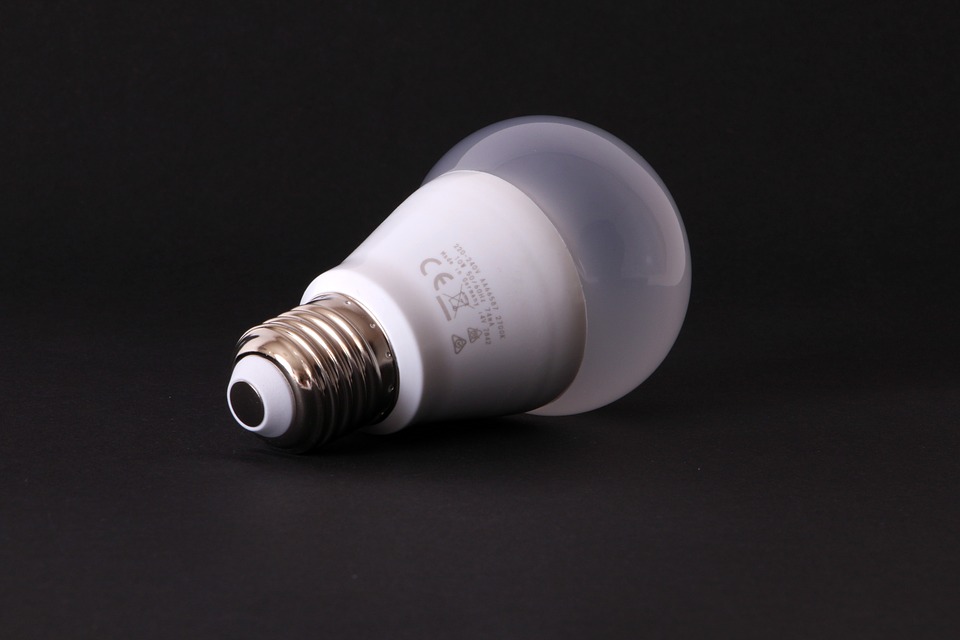By Warren Miller, contributing writer
If you’re still using old-fashioned halogen light bulbs around the house, you may want to invest in some LED bulbs in the near future. Not only do LED bulbs last longer while being energy-efficient, they may also soon increase your downloading speed. Researchers at the University of Edinburgh have determined that digital data can be transmitted by light-emitting diodes, or LEDs, without compromising the quality or intensity of the light that they generate. Data transmission can also be performed without increasing the LEDs energy consumption, according to the research funded by the Engineering and Physical Research Council .
While it’s common knowledge (in certain circles, don’t be ashamed if you weren’t aware of this) that LEDs can be used to bounce digital information from one device to another, there’s been a question as to how using light fidelity, or Li-Fi, would adversely affect the LEDs functioning over time. The research team used two different data transmission techniques to test the LEDs, and neither significantly reduced the bulbs’ quality of light or their life expectancy. They also didn’t produce a measurable difference in the temperature the bulbs operated at, meaning that they don’t consume any more energy than they do when being used normally.

There’s no dark side to using LED lights to supplement Wi-Fi. Image source: Pixabay.
Using multiple LED bulbs to construct a wireless network has some other advantages, too. If one network node burns out, there are still other nodes nearby that can take on the bandwidth load. This type of built-in redundancy can be particularly useful in offices or factories where there are lots of bulbs, providing an automatically ‘self-repairing’ wireless network. Some fixtures could also have a secondary power supply, perhaps battery-based, in case of emergency power outages. They could provide light as well as basic network connectivity.
This research could also be the beginning of a big breakthrough in providing internet access to the millions of people around the world who don’t yet have it. “Our evermore connected world will need more bandwidth than the overcrowded radio frequency part of the spectrum can provide,” said Dr. Wasiu Popoola , the lead researcher on the study. “Plugging a key knowledge gap, our results are very encouraging for the future of light-based communications that could help realize the full economic and social potential of a wireless future. It’s vital that LED manufacturers know what impact the incorporation of data transmission capabilities would have on their products. Our research shows that there’s no dark side to using LED lights to supplement Wi-Fi.”
The worldwide problem of shrinking bandwidth might have been provided a solution; where there was darkness, let there be light.
Advertisement
Learn more about Electronic Products Magazine





